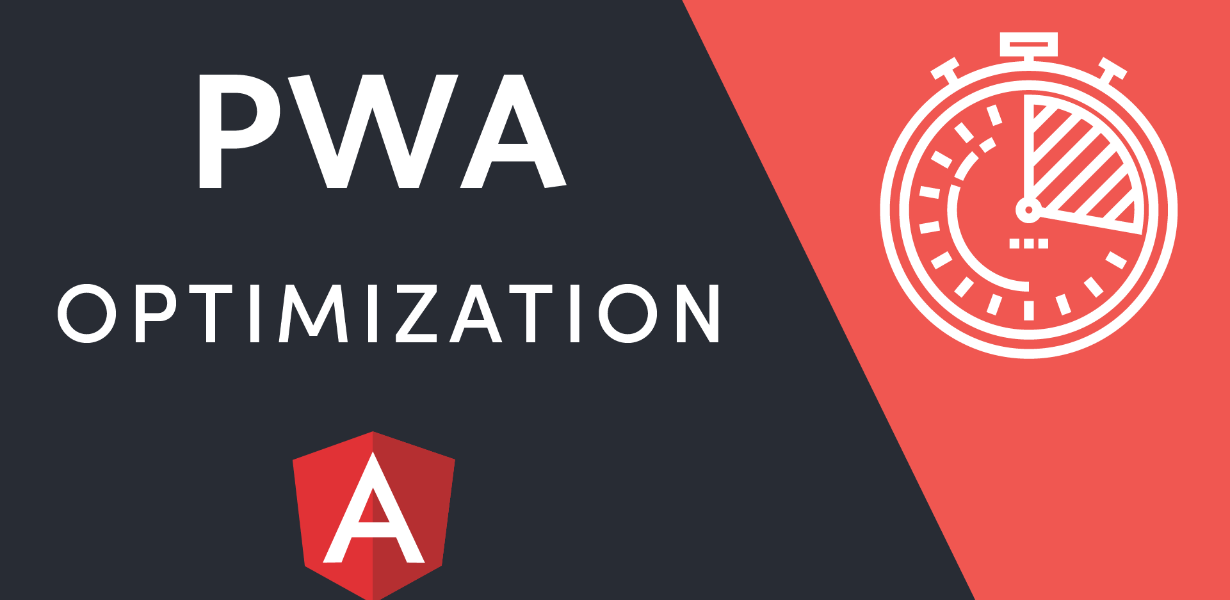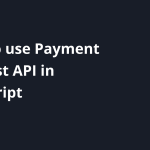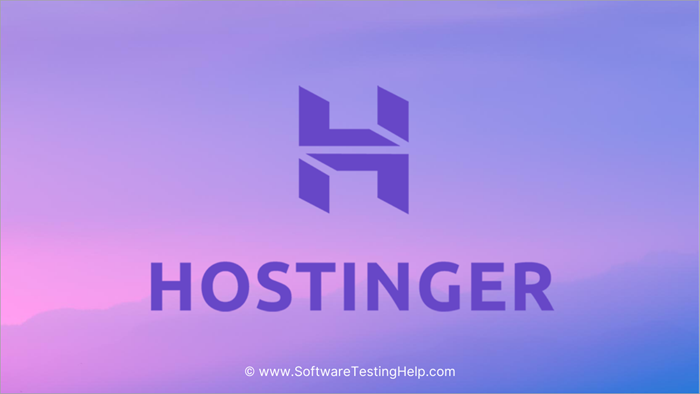
The Rise of Edge Computing: Enhancing PWA Performance for a Faster Web
- Post
- August 8, 2023
- Progressive Web Apps, PWA Performance, Web Technologies
- 0 Comments
In the dynamic landscape of web development, Progressive Web Apps (PWAs) have emerged as a game-changer, providing a bridge between the web and native applications. But as user expectations continue to rise in terms of performance and speed, the concept of Edge Computing has taken center stage, revolutionizing the way PWAs deliver content. In this comprehensive exploration, we delve into the synergy between Edge Computing and PWAs, uncovering how this powerful combination is reshaping the digital experience.
The Convergence of PWAs and Edge Computing
Edge Computing, often referred to as the “edge,” represents a paradigm shift in data processing. Traditionally, data would travel back and forth between the user’s device and a centralized server. However, with Edge Computing, computing resources are moved closer to the user, enabling faster data processing and reduced latency. This shift aligns seamlessly with the principles of PWAs, which aim to provide a native app-like experience within a web browser.
Unveiling the Performance Challenges
While PWAs offer impressive features, ensuring optimal performance remains a challenge. Traditional network latency, data processing bottlenecks, and unpredictable connection speeds can hinder the user experience. Edge Computing addresses these challenges by enabling data to be processed at the network edge, reducing the distance data needs to travel and consequently accelerating response times.
The Role of Service Workers
Service workers, a core technology in PWAs, contribute significantly to offline capabilities and faster loading times. These background scripts enable caching, push notifications, and more, enhancing the overall user experience. When combined with Edge Computing, service workers can leverage nearby edge servers to fetch and deliver cached content swiftly, ensuring a seamless user journey even in challenging network conditions.
Architectural Transformation with CDNs
Content Delivery Networks (CDNs) play a pivotal role in Edge Computing’s integration with PWAs. CDNs are distributed servers strategically placed around the globe to deliver content to users from the closest server, minimizing latency. This architectural transformation ensures that static assets of a PWA are cached and delivered through CDNs, optimizing load times and responsiveness.
Security and Privacy Considerations
As we embrace the benefits of Edge Computing, security and privacy must remain at the forefront. Edge servers handle user data closer to the source, demanding robust encryption and authentication measures. Implementing security protocols not only protects user information but also enhances user trust in PWAs, making them more likely to engage with the application.
Realizing the Potential of Next-PWA
Next-PWA is an evolution of the popular Next.js framework, designed to create high-quality PWAs with ease. Leveraging Edge Computing principles, Next-PWA harnesses the power of service workers and CDNs to offer superior performance. By pre-caching critical assets and adopting a “lazy loading” strategy, Next-PWA ensures that users experience lightning-fast load times and smooth navigation.
Transforming User Experiences
The synergy between Edge Computing and PWAs is transforming user experiences across industries. E-commerce platforms deliver snappy product browsing, news websites offer instant article access, and online tools respond promptly to user inputs. As Edge Computing becomes more accessible, PWAs will continue to provide enhanced user interactions, leading to increased engagement and conversion rates.
Future Prospects and Innovation
The trajectory of Edge Computing and PWAs points toward a future of innovation and refinement. As technology advances, edge servers will become more powerful, enabling sophisticated computations at the edge. This opens doors to personalized content delivery, real-time data processing, and immersive user experiences that were previously unattainable.
Final Words
In the ever-evolving digital landscape, the rise of Edge Computing has unlocked new dimensions of performance for Progressive Web Apps. The convergence of these two powerful concepts has given birth to a new era of faster, more responsive web experiences. As we journey into this exciting realm, businesses and developers have the opportunity to redefine user expectations and establish new benchmarks for web performance.
Commonly Asked Questions
Q1: What exactly is Edge Computing?
Edge Computing involves processing data closer to its source, reducing latency and improving response times. This approach is particularly beneficial for applications like PWAs, where fast content delivery is crucial.
Q2: How does Edge Computing enhance PWA performance?
By moving computing resources closer to users, Edge Computing reduces the distance data must travel. This results in faster loading times, smoother interactions, and an overall improved user experience.
Q3: What role do CDNs play in Edge Computing for PWAs?
CDNs, or Content Delivery Networks, strategically distribute static assets to servers around the world. When integrated with Edge Computing, CDNs ensure that content is delivered from the closest server, minimizing latency.
Q4: How does Next-PWA contribute to this transformation?
Next-PWA, built on the Next.js framework, leverages Edge Computing principles to create high-performance PWAs. It optimizes asset caching, lazy loading, and responsiveness, resulting in seamless user experiences.
Q5: What does the future hold for Edge Computing and PWAs?
The future looks promising, with Edge Computing evolving to support more complex computations at the edge. This paves the way for personalized content delivery and immersive user experiences beyond what we currently envision.




